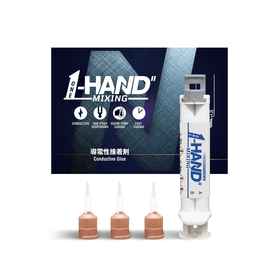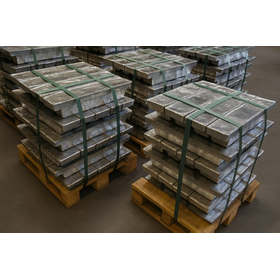I will introduce the issue of printing defects (solder paste).
The details below describe the cracking of flux residues in solder with rosin and solder paste, so please check them.
Inquire About This Product
basic information
For more details, please feel free to contact us.
Price range
Delivery Time
Applications/Examples of results
For more details, please feel free to contact us.
Detailed information
-

Printing defects Among the printing defects, those caused by solder paste mainly fall into two categories: (1) Transfer failure This phenomenon occurs when the required amount of solder paste is not transferred to the substrate, leading to insufficient wetting and strength at the soldering points. (2) Printing smearing This phenomenon occurs when the shape of the solder paste collapses or is excessively transferred after printing. It can cause bridging in chip side balls and narrow pitch areas.
-

Causes of Printing Defects The cause of these defects is the change in viscosity of the solder paste. An increase in viscosity leads to transfer defects, while a decrease causes printing smearing.
-

Countermeasures for Printing Defects There are countermeasures for solder paste and equipment settings. (a) Countermeasures using solder paste By using solder paste with minimal viscosity changes even during long continuous printing, both transfer defects and printing smearing can be addressed. (b) Countermeasures through equipment settings Managing the temperature and humidity within the printing machine can serve as a countermeasure. When the temperature inside the printing machine is high, the viscosity of the solder paste temporarily decreases, leading to printing smearing. However, over time, the chemical reaction between the flux and solder powder causes the viscosity to increase, resulting in transfer defects. Conversely, when the temperature is low, the viscosity of the solder paste decreases, leading to transfer defects. High humidity inside the printing machine can cause deterioration of the solder paste due to moisture absorption, resulting in increased viscosity and transfer defects. Additionally, low humidity can cause the solvent in the flux to evaporate, increasing the viscosity of the paste and leading to transfer defects.
-

We offer solder paste with stable printability that experiences minimal viscosity changes even during long printing sessions, so please feel free to contact us.
catalog(2)
Download All CatalogsCompany information
Ishikawa Metal Co., Ltd. is a manufacturer and seller of lead-free and lead-containing solder, consistently engaged in solder production since its establishment. In addition to various types of rosin-core solder and solder paste, we also handle high-melting-point solder for semiconductors and flux for semiconductor mounting. We not only manufacture and sell unique solders, such as rosin-core solder for lasers and solder that can be used for aluminum and stainless steel, but we also propose solutions to customer issues such as splattering and wetting defects.











